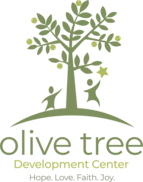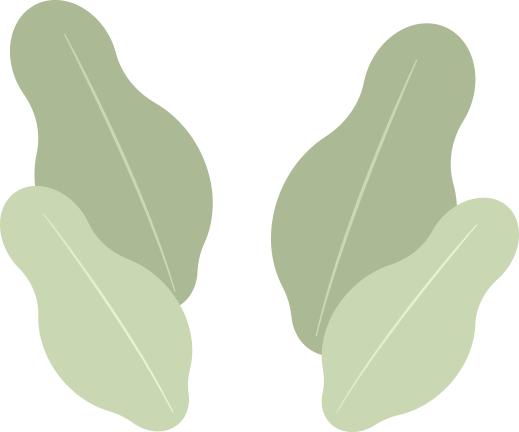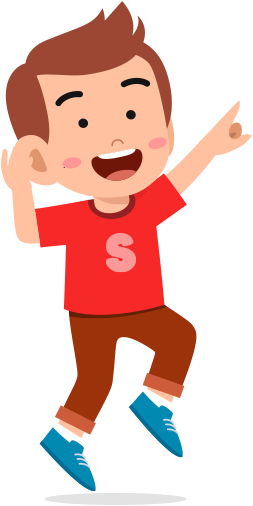Dance/Movement Therapy (DMT)
Overview
Dance/Movement Therapy (DMT) is facilitated by a trained dance therapist, which provides an opportunity for the clients/children to initiate movements; and the therapist to help the clients/children to process their emotions through movement. “The psychotherapeutic use of movement to promote emotional, social, cognitive, and physical integration of the individual, for the purpose of improving health and well-being.” (ADTA, 2018)
Dance/Movement Therapy will benefit children with special needs by providing an outlet for emotional expression, allowing the child to find its own rhythms and expression, and providing an alternative way to process feelings, experiences, and challenging circumstances through non-verbal movements.
Who is it for?
Dance/Movement Therapy will highly benefit children with emotional dysregulation which includes difficulty in monitoring feelings, evaluating emotional and physical responses, and modifying emotional reactions to accomplish a goal. DMT also help children who have difficulty with body awareness and coordination, and children who are withdrawn and have difficulty expressing themselves using verbal language.



